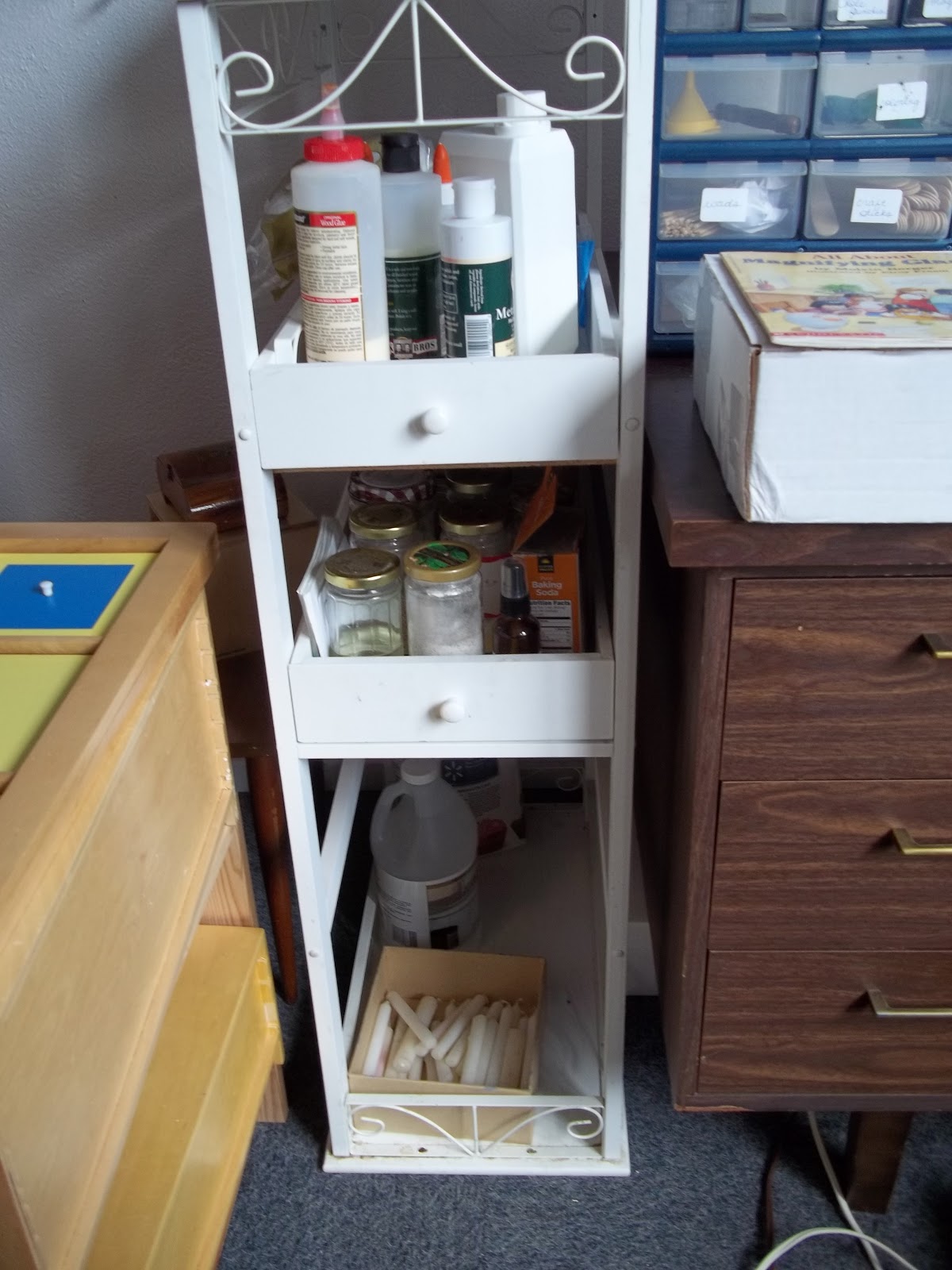Montessori at preschool/kindergarten is NOT the same as Montessori at elementary or Montessori at adolescence.
But it is the same.
Same:
- Respect for the development of the child in that moment.
- Provide keys; time/material to explore interests.
- Development of child's innate human capabilities through human needs and tendencies.
Different:
- Primary (preschool/kindergarten) is keys to the WORLD;
elementary is keys to the UNIVERSE; adolescence is keys to
ONESELF and one's place in the cosmic plan.
- Primary we have movement and words separate - in elementary
and adolescence we can give words with the actions.
- Primary (and infant/toddler) is the absorbent mind; elementary
is the reasoning mind.
- Primary gets some work already prepared for them on trays or
on a shelf; elementary, they collect the items they need from
their natural locations or supply shelves (planning through what
they need so they don't have to stop their work and get another
item).
- Adolescence we are giving them the keys they need to live an
adult life. They are not adults yet, but we start practicing
those skills, so they don't entirely flounder later. Indeed we set them up for success.












